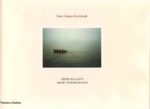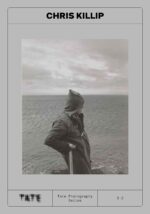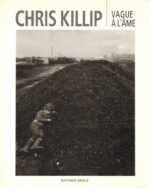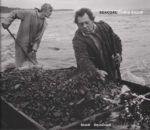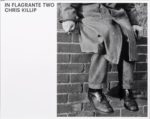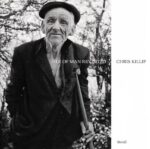« Je voulais montrer les mécanismes de fabrication aussi clairement que possible, et faire cela dans cette usine signifiait qu’il fallait y travailler avec de l’éclairage.(…) Cet espace de travail est devenu, avec du sens pour moi, un théâtre, et j’ai adopté le style de ces images avec leur relation à la mode, au film noir et même au réalisme soviétique. Pour moi, ce « style » semble être un chemin plus significatif pour documenter ce rituel forcé. » Photos en noir et blanc. Seconde édition.
« I wanted to show the manufacturing process as clearly as I could, and to do so in this factory meant it would have to be lit. Ironically, my stubbornness in trying to avoid lighting would now have its own unexpected rewards. Because of the desperate amount of time that I had spent there, I knew in a visual way the processes of the factory; the rhythms and cycles of the machines, the movement and steps that the operators had to take, the movement that the processes predetermined for them. I began again, re-photographing the factory using lights, sometimes three or four lights triggered by remote control devices. The main light, which was the one balanced to light the subject, was often held on a pole by my friend, away from the camera, mimicking the fashion techniques that I knew from my past. I now understood and knew what I wanted to do. The workplace had become, in a real sense for me, a theater and I embraced the look of these new photographs with their relation to fashion, film noir, and even Soviet realism. For me this ‘look’ seemed a more telling way to record and document this enforced ritual. » -Chris Killip


